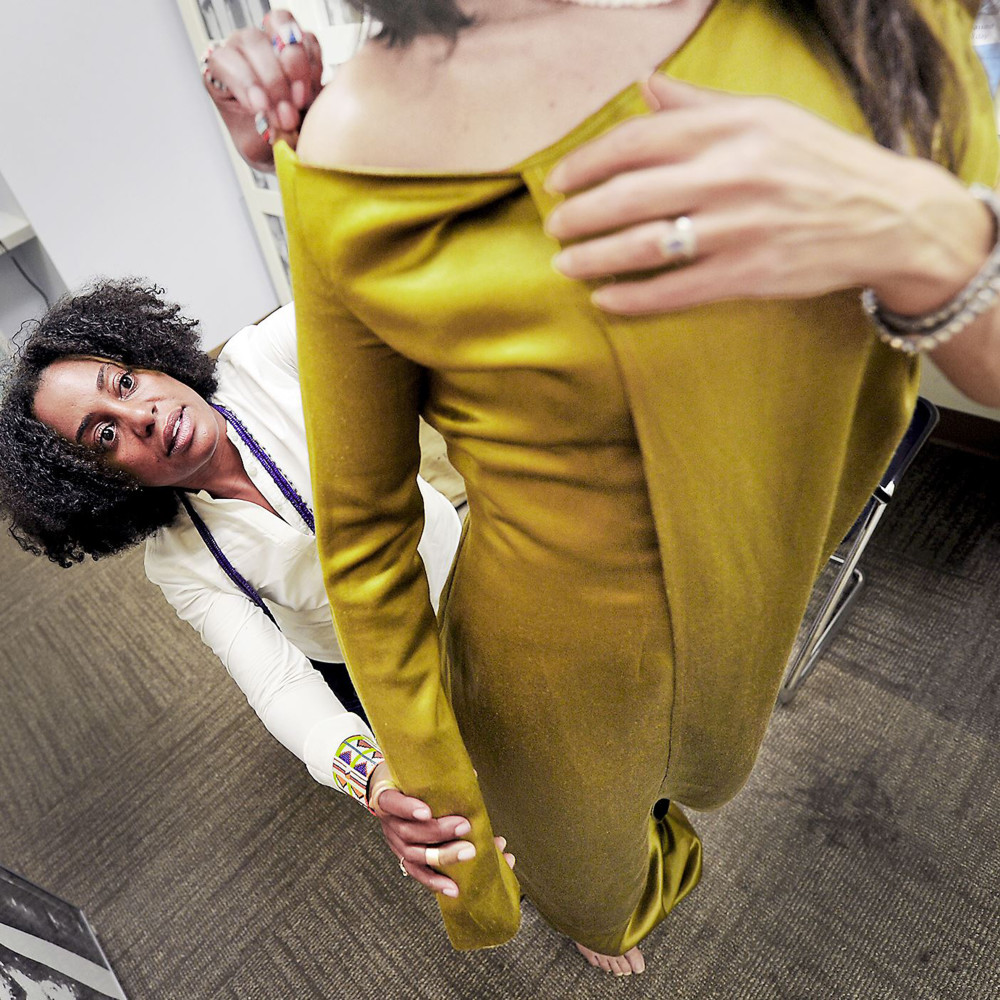By Suveen Kumar Sinha
Hindustan Times, New Delhi
WWR Article Summary (tl;dr) An interesting look at the world of online fashion in India. What has gone wrong, what has gone right and what the future holds for entrepreneurs in the market.
Hindustan Times, New Delhi
HT’s fashion editor walks his title. He has 32 pairs of shoes in his wardrobe, including one each of Zegna, Ferragamo, and Dior, and at least one pair of red Benetton trousers. So he made a compelling candidate to answer the question: “What is fashion?” That and the fact that his desk is a mere 23 feet away from your columnist’s.
“Fashion,” he said, “is anything that makes you feel good and confident about yourself.” Going by that, our e-commerce companies have got it both right as well as wrong.
There is something called a Trunk Show, which big brands hold in small towns. Typically, they would take up space in a hotel banquet and spread the word. On the day, shoppers would troop into the hall, which must not be so fancy as to be forbidding.
The brands in the Trunk Show can be as rarefied as Gucci, Canali, Burberry, Louis Vuitton, Hermes, Tag Heuer, and Paul Smith.
Internationally, fashion has two seasons of six months each: fall-winter, and spring-summer. On the current season merchandise, the brands seldom give a discount at Trunk Shows. There is something on the previous season’s clothes. Still, Trunk Shows end up being blockbuster sales days.
They are also held in big cities. But as far back as 2011, according to a report in The Economic Times, 18% of the shoppers at a Trunk Show in New Delhi’s DLF Emporio Mall were from the adjoining small towns. In Bangalore’s UB City, a lot of the buyers came from Bellary, a town known more for its mining dust than its main street.
The year 2011 was also the time Indian entrepreneurs were waking up to online fashion retail: mainly clothes and accessories. What was not to like? There was a large market and good profit margins. It should have been an easy kill. But they forgot to draw their lessons from the Trunk Shows.
E-commerce in India was built on sales of gadgets, mainly mobile phones. When e-commerce companies tried their hand at fashion, they sold it like mobile phones. “People tried to sell fashion by getting brands and giving discounts,” says Suchi Mukherjee, founder and CEO of Limeroad, which bets on customer engagement.
But clothes are different from mobile phones. When you buy a shirt in a store, you do not ask about its features, or the warranty. Naturally, while close to 15% of all mobile phones sold in India are bought online, only 1.5% to 3% of fashion retail is e-commerce.
The result was inevitable. Yebhi.com got burned, and is trying to make a comeback in a different avatar. FashionAndYou went sharply up and sharply down, and is trying to claw its way back. Myntra was sold to Flipkart. And Jabong, which became popular from its television commercials showing screaming women, has, after a year of looking, has found a buyer.
Now Flipkart has to figure out what it is really getting for the $70 million it pays for Jabong. Brand relationships? But every brand is keen to work with every seller. Customer loyalty? But that is something online fashion retailers never could have, all they got was discount hunters. All those who buy clothes and accessories online go to several sites or apps to compare prices.
On the bright side, the room for growth is immense. Fashion retail is a $70 billion business in India. And the 1.5% to 3% sold online can rise manifold. It is 15% and more in the developed markets.
However, online fashion retail in India needs a generous helping hand, which can come only from those who learn from the Trunk Shows. There is life outside the metros, and a very large market, too. That, in fact, is the market that would be beholden to e-commerce if it can take fashion to them, instead of making them come all the way to DLF Emporio or UB City.
Businesses do well if they solve a real problem. And access is a real problem for most places in India outside the metros.
Kunal Bahl, the founder and CEO of Snapdeal, who was in the fray to buy Jabong but says he pulled out because of governance issues, appears ready to learn the lessons. To begin with, he agrees that the way fashion is being done right now is working only to an extent. “If you aggregate the amount of capital all fashion-oriented e-commerce has consumed, my estimate is that it will come to a billion dollars. The results are underwhelming.”
Tapping the smaller towns will improve the results. But for that online fashion retailers need to think again. Many of them get the last season’s offerings from brands cheap and sell them at deep discounts. But, as Bahl says, most of the fashion sold in India is not branded. “It’s the long tail. Online, you need to be much more intuitive.”
Bahl has the opportunity to use all his intuitiveness. He has saved $100 million by not buying Jabong and intends to spend it on building his own fashion business on Snapdeal.














































































































































































































































































































































































